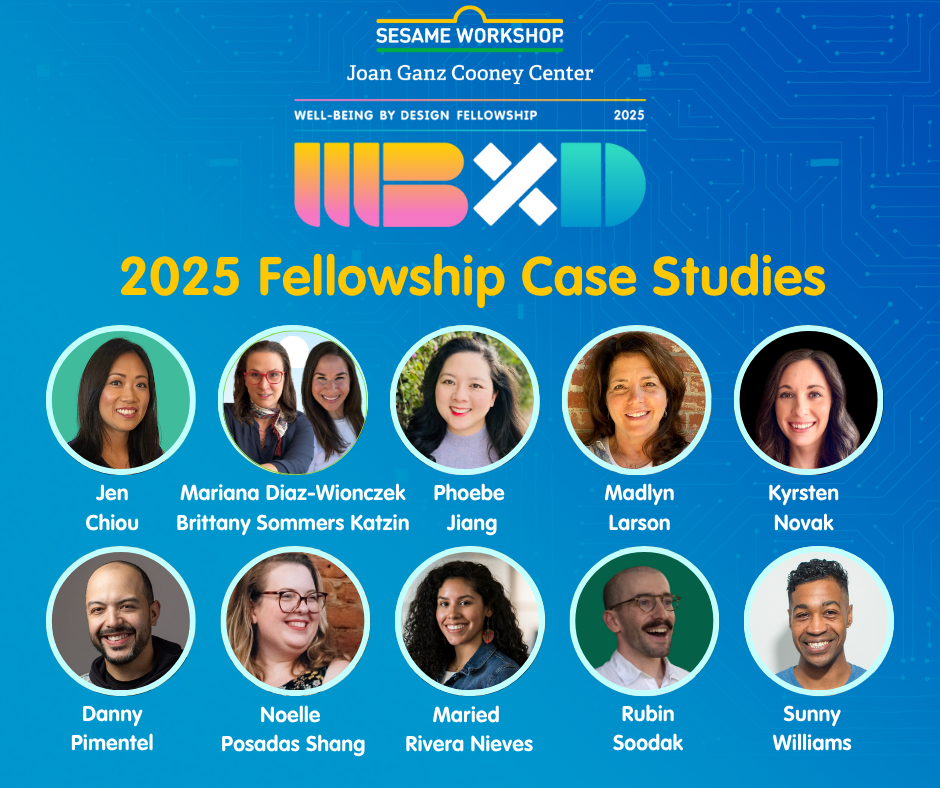 Today we are living in a world where our lives are being shaped in fundamental ways by the products of science and their application in technology. For millions of youth, videogames are a big part of some of their earliest and up-close encounters with advanced technologies that incorporate computer simulations, visualization, communication, and digital art among other things.
Today we are living in a world where our lives are being shaped in fundamental ways by the products of science and their application in technology. For millions of youth, videogames are a big part of some of their earliest and up-close encounters with advanced technologies that incorporate computer simulations, visualization, communication, and digital art among other things.
Playing videogames is gaining increased recognition as a valuable educational activity both within formal (in-school), and informal (out-of-school) settings. Research studies have and continue to show that videogame play can promote active, participatory learning, where youth get to continuously problem-solve, use evidence to test hypotheses of system dynamics, and think critically through deep and many times highly complex subject matter.
Recently, a very important phenomenon taking place in the game industry is the emergence of game models that place user-generated content at the center of play. Technologies that allow players not only to play games that have been created by others, but that allow them to create their own add yet another level of depth and power to the playful learning that takes place in digital games. Over the last decade, a growing number of scholars (including the author) have conducted research showing how these technologies can allow teachers to bring games into curricula in effective and scalable ways by incorporating them into subject matter in ways that appropriately fit the format, style and scope of their classes. In addition, curricula centered on teaching students using a structured process of game creation can allow them to contextualize STEM problems and concepts in deeper ways by connecting their own gaming knowledge to language, practices, and ideas that can develop background knowledge for STEM domains.
Kodu Gamelab is a game creation tool that since its release in 2009 has brought together many UGC innovations to empower youth to create their own games. First, it is a 3D sandbox where creators can sculpt a virtual world by adding and removing geographical features such as mountains, valleys and water bodies. Second, it provides a simple visual drag and drop interface that lets creators populate their world with characters and objects with programmable behaviors, these behaviors include aspects of physics simulation such as moving at certain speeds or reacting to forces in specific ways. Third, the “brain’ of every object is constructed through rules constructed using a visual, tile-based programming language that makes it easy for youth to understand the abstraction of different rules by connecting the meaning of each command to a visible effect in the play world. Fourth, creators can share their games with a growing community of Kodu players worldwide, as well as download and remix what other players create at www.kodugamelab.com. In the community site, teachers and students can also find a rich collection of educational materials to use with Kodu in their classroom.
Since its inception, the design of Kodu has shared the same spirit that drives the National STEM Videogame Design challenge: to allow learners of as broad range of ages as possible to see how much fun STEM can be when it is used to create play. A rapidly growing number of teachers and students all over the world are using Kodu as part of their curricula in as diverse contexts as math, natural science, and even social science and the humanities. Recently, the Learning Games Network released the Studio K curriculum, a freely accessible curriculum part of an innovative project to make it simpler for teachers to harness the playful learning power of Kodu in their own activities. We are very excited and pleased to see the growing role that Kodu is playing in the challenge, and look forward to seeing the awesome STEM creations that participants will bring to the world!
 Alex Games Ph.D. is a Learning & Engagement Scientist at Microsoft driving a program of innovative technology innovations for learning, with the goal of improving employee readiness. Previously he was education design director at Microsoft Studios, leading the playful learning initiative to develop groundbreaking educational experiences infused with play for Xbox and Kinect. He has been an academic researcher, a game designer, software engineer and educator, and over the last decade his focus has been on harnessing the psychological, motivational, and social aspects that make games and game creation powerful learning environments to engage learners with STEM content, and sustain their engagement as they develop expertise. His educational design credits include Kinect Sesame Street TV, Kinect National Geographic TV, Kodu Gamelab, and Gamestar Mechanic. He is the author of numerous research articles and book chapters, and his work has been featured in journals such as Learning, Media and Technology, ACM Computers in Entertainment, and E-Learning.
Alex Games Ph.D. is a Learning & Engagement Scientist at Microsoft driving a program of innovative technology innovations for learning, with the goal of improving employee readiness. Previously he was education design director at Microsoft Studios, leading the playful learning initiative to develop groundbreaking educational experiences infused with play for Xbox and Kinect. He has been an academic researcher, a game designer, software engineer and educator, and over the last decade his focus has been on harnessing the psychological, motivational, and social aspects that make games and game creation powerful learning environments to engage learners with STEM content, and sustain their engagement as they develop expertise. His educational design credits include Kinect Sesame Street TV, Kinect National Geographic TV, Kodu Gamelab, and Gamestar Mechanic. He is the author of numerous research articles and book chapters, and his work has been featured in journals such as Learning, Media and Technology, ACM Computers in Entertainment, and E-Learning.

